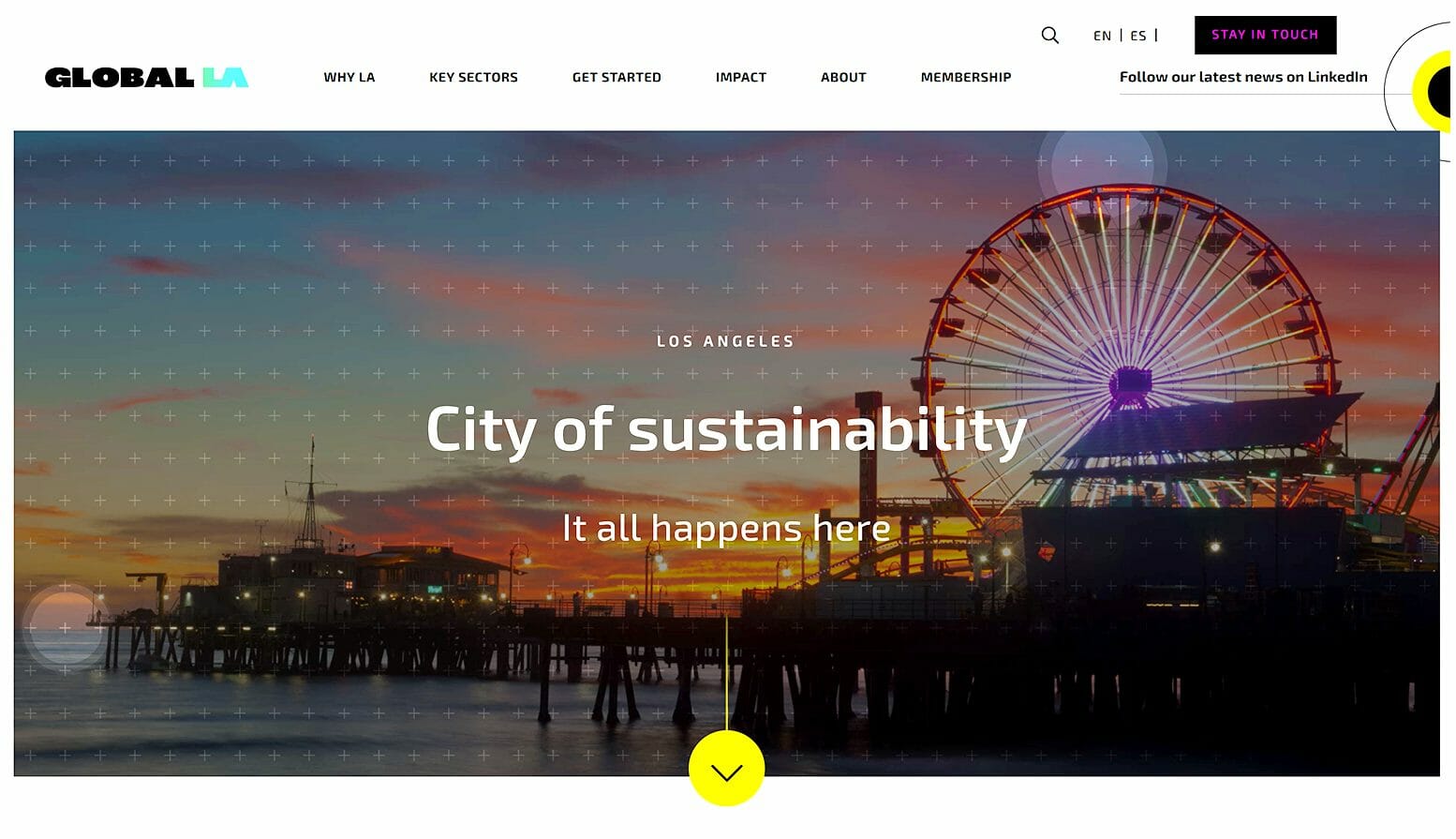27 Jan ‘20
Maintaining Your SEO Ranking During a Website Redesign
27 Jan ‘20
In: Web Design & Development, / By: Ripe Media
It’s no secret that in order to succeed in 2020, you’re going to need to have a strong online presence for your business.
Once you reach this point, you’ll also have to work to stay there. While a website redesign is often a welcome change, doing it incorrectly can actually hurt your SEO rankings.
Not sure where to start? Don’t worry, we’ve got you covered.
Let’s take a look at everything you need to know.
Never Work on a Live Website
Where the most common mistakes entrepreneurs make while redesigning their website is working on it while it’s live. Since making changes to a website is already a time-consuming and complicated process, it’s not worth dealing with the extra complications that can arise from working on a live site.
So, you’re left with two options:
- Shut the site down while you work on it
- Leave your old site up and create a separate domain for your new site, then swap them
If you can avoid doing so, it’s recommended that you do not disable your company’s website because people who are looking for your content, products, or services may end up going elsewhere if they can’t get it from you.
After your new site goes live, compare your bounce rates with the rates of your old site. If there’s a drastic increase in people leaving your site, then you’ll know there’s an issue you need to take a look at.
If everything on your site appears to be functioning correctly, your visitors may simply not like the design you’ve chosen. Keep this in mind when looking for solutions.
Archive Your Old Site
Although this applies to any sensitive data, backups are key when it comes to switching to a new site.
Mistakes can easily occur while redesigning a site, and you’re going to wish you had a backup of all your information if they do. If something does go wrong, you can pull from this archive rather than starting from scratch.
Additionally, this will also give you a reference tell your site is formatted and mapped out. While you’re redesigning your site, you should still ensure it maintains a similar structure so your customers can find what they’re looking for.
Use Informative 404 Pages
The primary job of 404 pages is to let visitors know that a particular page is down. But, it doesn’t do much for people who still can’t find the page that they’re searching for.
In fact, a standard 404 page provides no indication at all that your content is still out there. This can cause your site’s visitors to think your website is down for good.
So, it’s good practice to make your 404 pages as informative possible. For example, you can acknowledge what page they were looking for and redirect them to a relevant page on your current site.
Additionally, placing a search engine box on a 404 page will help maintain your SEO rankings by making it more search-engine friendly.
301 Redirects
This step is crucial to follow. Otherwise, you could experience a severe drop in your SEO rankings.
A 301 redirect will tell Google that the URL for your old website has changed and then redirects it to the URL of your current site. It will also ensure that all of your old social media links will direct to the right destination when you enable your new site.
It may seem tedious, but you’ll likely need to do this for every page on your old website if it has a counterpart on your new website. Make sure, too, that each page on your old site doesn’t simply redirect to the homepage of your new site.
Although minor, this inconvenience may result in your visitors leaving the site and hurt your future numbers.
It’s recommended that you maintain 301 redirects (and also keep your old domain name) for at least six months after you make the transition to your new site.
Keep Track of Everything
It will be difficult for you to analyze your performance after your site’s redesign if you don’t keep track of everything.
As previously mentioned, it’s easy to make dire mistakes when working on a new website. Catching this as early as possible is crucial to your site’s SEO ranking.
Metrics that need the majority of your attention include:
- Site loading speed
- Keyword rankings
- Organic traffic
- Domain authority
- Total number of backlinks
Speaking of backlinks…
Monitor Your New Site’s Backlinks
Many people forego redesigning their company’s website due to the fear of losing all of the old site’s backlinks. This fear is valid, too, since it can essentially be a death sentence when it comes to SEO.
For your site’s biggest backlinks, it’s worth it to contact the site’s owner and ask that they change their link to direct to your new site. Not everyone will be willing to fulfill this request (or even respond to it), though, so keep this in mind when inquiring.
For all your other backlinks, ensure that the pages they link to have 301 redirects in order to mitigate the SEO hit (if there is one) as much as possible.
Doing a Website Redesign Correctly Can Seem Difficult
But it doesn’t have to be.
With the above information about website redesign in mind, you’ll be well on your way to maintaining a solid SEO ranking and boosting your numbers like never before.
Want to learn more about website optimization tips? This article has plenty of useful info.
















